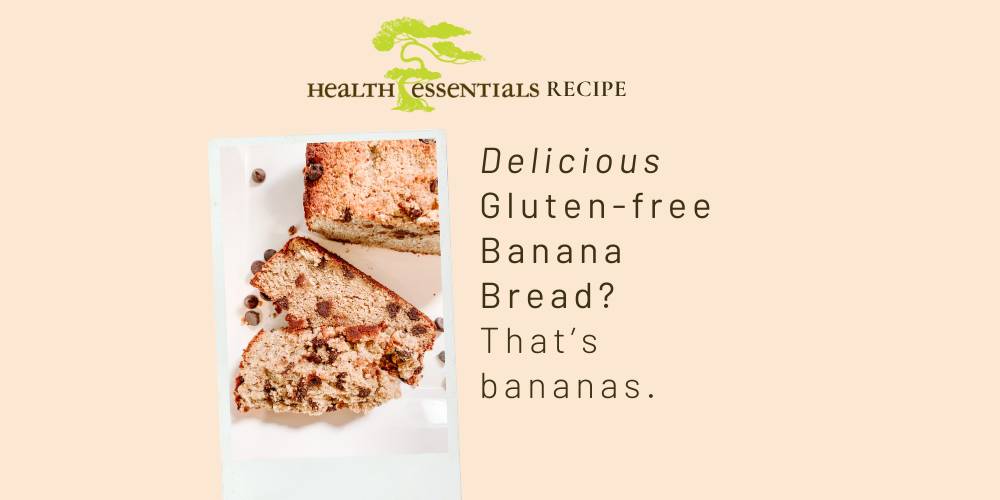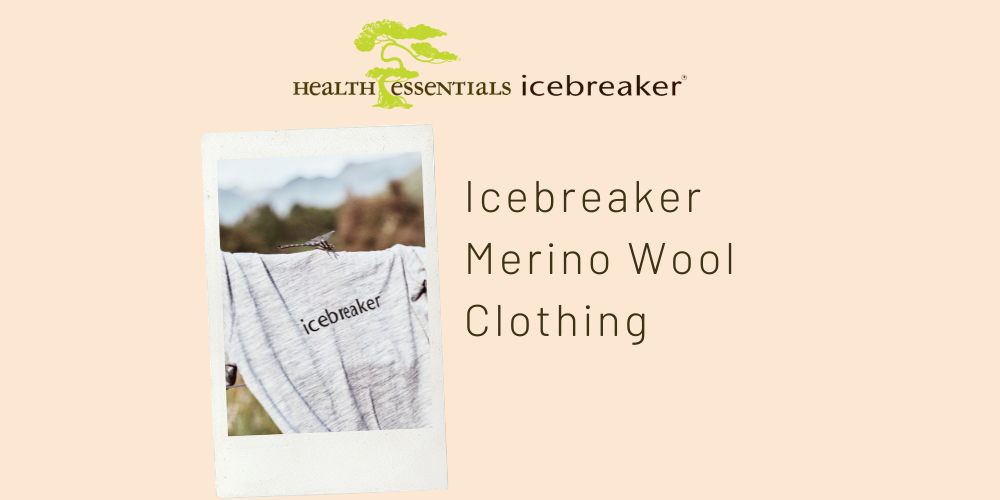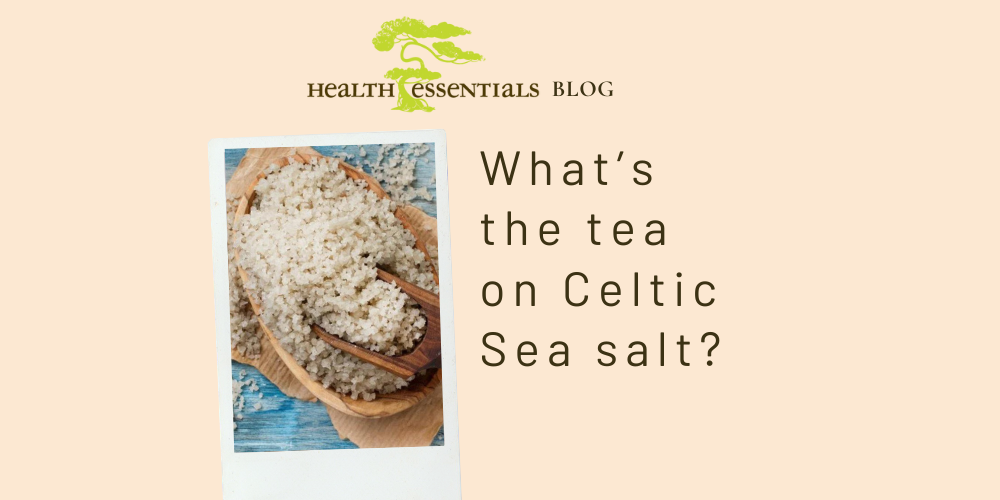Keto Diet Terms Explained
If you’re at all familiar with the world of natural health or weight loss, chances are you’ve come across the words: keto, ketosis, ketone, or ketogenic diet. Though you may have heard these words, or perhaps adopted some of the main principles surrounding them, we think it’s important to know what they mean and to fully understand what this method of eating really entails.
Definitions:
- (Keto)genic diet – a way of eating that tends to promote the metabolic formation of ketone bodies by causing your body to use fat (rather than carbohydrates) as its principal energy source.
- Ketosis – a metabolic state that is characterized by raised levels of ketone bodies in the body tissues.
- Ketone body – any of following three related compounds (acetone, acetoacetic acid, beta-hydroxybutyric acid) that are produced during the metabolism of fats.
Things can sometimes get tricky when it comes to the world of “diets”. Often, we’re thrown a million and one suggestions as to what we are supposed to be eating daily, or even hourly. What can help to make it easier, is to really understand what is going on in the body when we consume certain foods.
[divider]
Using Fats for Fuel vs Using Carbs for Fuel
Fats and carbohydrates are typically thought of as the two main fuel sources for the body. Carbohydrates provide very short term and quick supplies of energy, while fats are a long term, and far slower supply. Carbohydrates are actually the cell’s “preferred” choice of energy… because they are absorbed extremely quickly to produce energy. Fats are used as energy sources only in an absence of carbohydrates.
When we first wake up in the morning, our bodies are “fasting”. This means that we haven’t eaten in 8-12 hours and in this state we have begun to use our fat stores for energy. Thus, our body is burning ketones. When we eat a “breakfast” meal that is full of carbohydrates, our body quickly comes out of this fasting state and uses glucose (sugar that makes up carbs) as a fuel source. This is all fine and well if we are expending energy and burning off what we’ve just consumed. In many cases, however, we’re consuming more energy than we actually need to use immediately, and the glucose is converted to fat and stored in the body.
[divider]
Keto Diet = A Low Carb, High Fat Diet
Ketogenic diets are very high in healthy fats and low in carbohydrates. They are designed to put the body into a ketogenic state, or ketosis. The ratios of fats to protein to carbohydrates varies a bit for everyone, but the graph above is based on an average carbohydrate tolerance. Due to the body’s preference to use glucose for fuel, it’s important to keep the carbohydrate intake to a minimum*. This will help your body stay in ketosis and burn fat for fuel.
[divider]
How do I know my body is in ketosis?
There are a few common methods of testing to see whether your body has entered ketosis.
- Keto sticks – you can purchase sticks to test ketone levels in saliva or urine to see if you’re in a ketogenic state
- Blood ketone test kit
- Most people will notice a stronger smelling urine
- The breath starts to smell a bit
- Generally people will notice some weight loss, especially fat reduction
- Appetite suppression
[divider]
Cyclic Ketosis
Some people who eat a strict ketogenic diet will stick to this method of eating everyday with no “cheat” days. Others will do a carbohydrate re-feed day once a week. This is sometimes termed as cyclic ketosis. Where you’re forcing the body into ketosis most days, and then leaving a state of ketosis for one day.
A hormone in the body known as leptin is produced by our fat cells to regulate appetite and promote satiety. When we eat too many carbs, our body can become resistant to leptin and we never feel full. Often when people follow a strict low-carb diet for too long their leptin levels fall too low and they feel hungry more often. A carbohydrate re-feed day can reset this balance and ensure that the body stays leptin-sensitive.
[divider]
Ketogenic diets are not necessarily suitable for every person or every lifestyle. Everyone is completely different.
Check out our our complete selection of Keto-Friendly products here and up-to-date food list for low carbs foods you can find at Health Essentials. If you’re trying to find something yummy to try out, check out these recipes.
[ux_custom_products cat=”keto” products=”” columns=”4″ title=”Shop Our Keto-Friendly Products”]


*Note: When counting or tracking carbohydrates, be sure that you subtract the fibre from the total, as it will not effect your state of ketosis.


